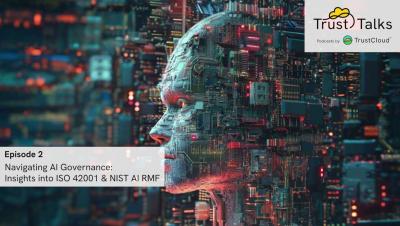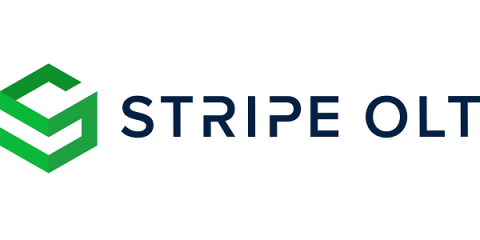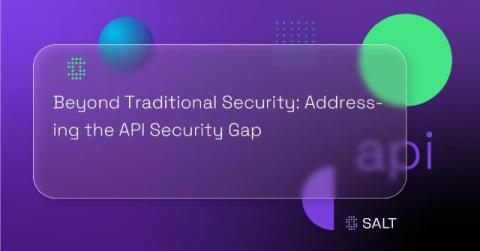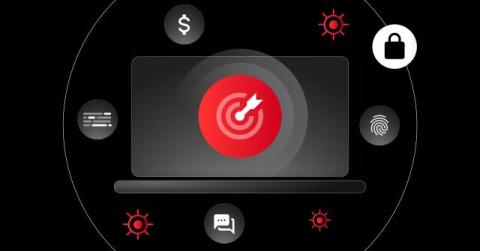Privacy and confidentiality: what is the difference? | TrustTalks - Ep 3 | Security and GRC Podcast
Are you confused about the difference between privacy and confidentiality? Don’t worry, you’re not alone. While these terms are often used interchangeably, they actually have distinct meanings. In this podcast, we will explore the nuances of privacy and confidentiality, helping you understand their significance and how they relate to each other. Privacy refers to the right to maintain control over your personal information. It involves the ability to keep certain details about your life, preferences, and activities private and secure.











